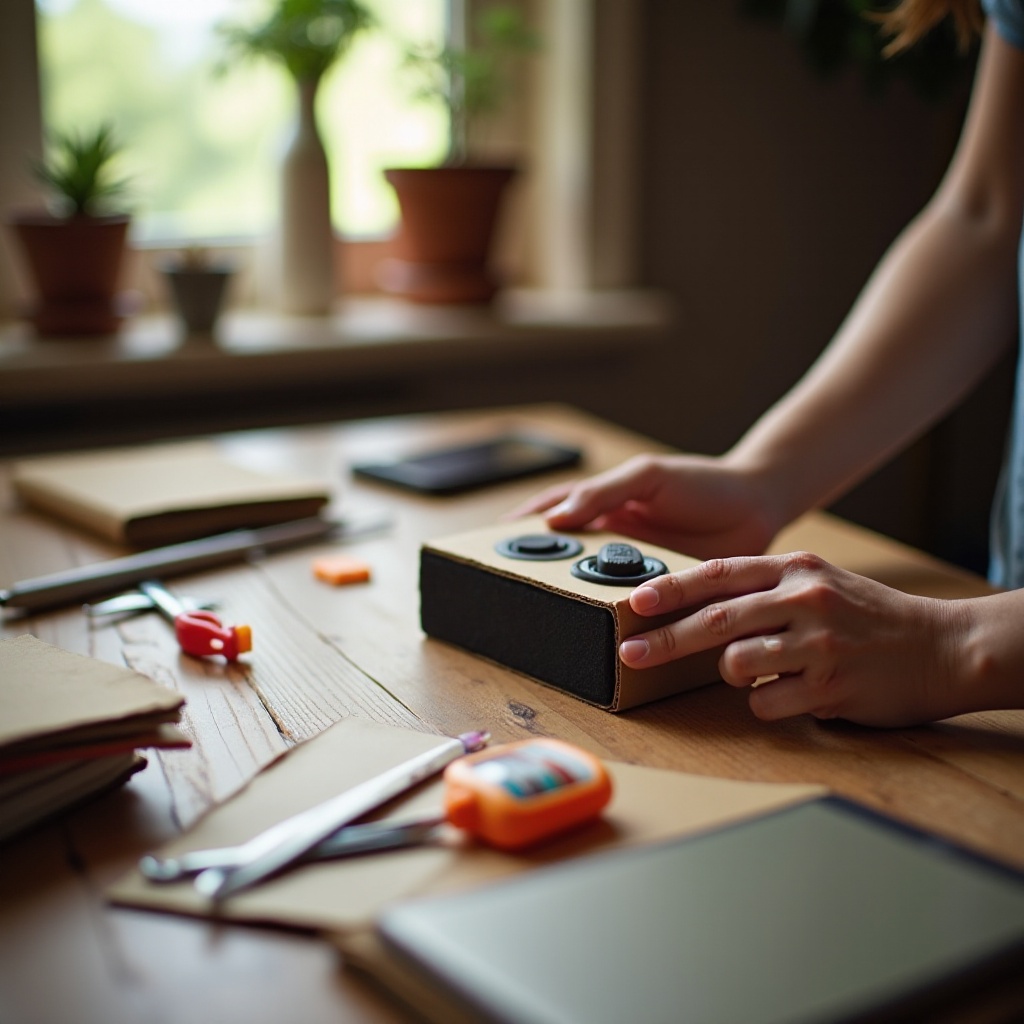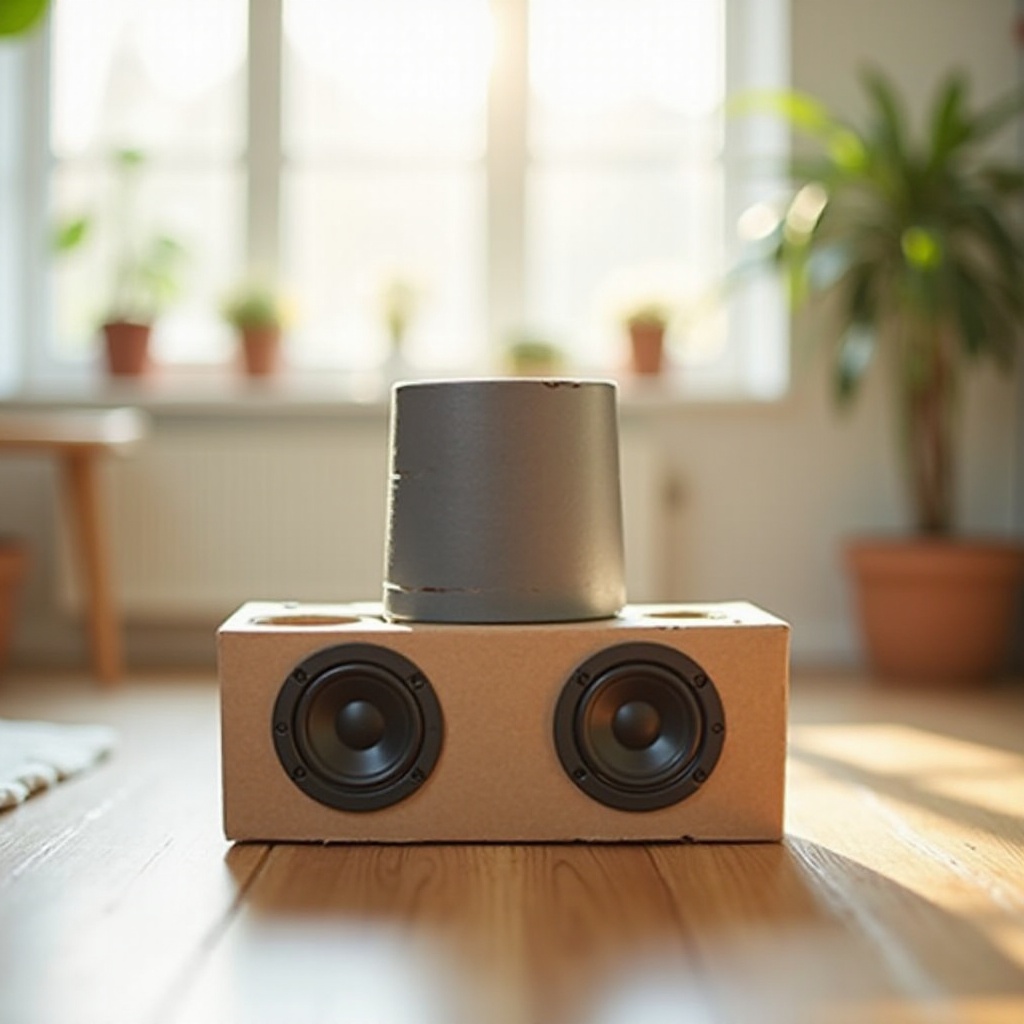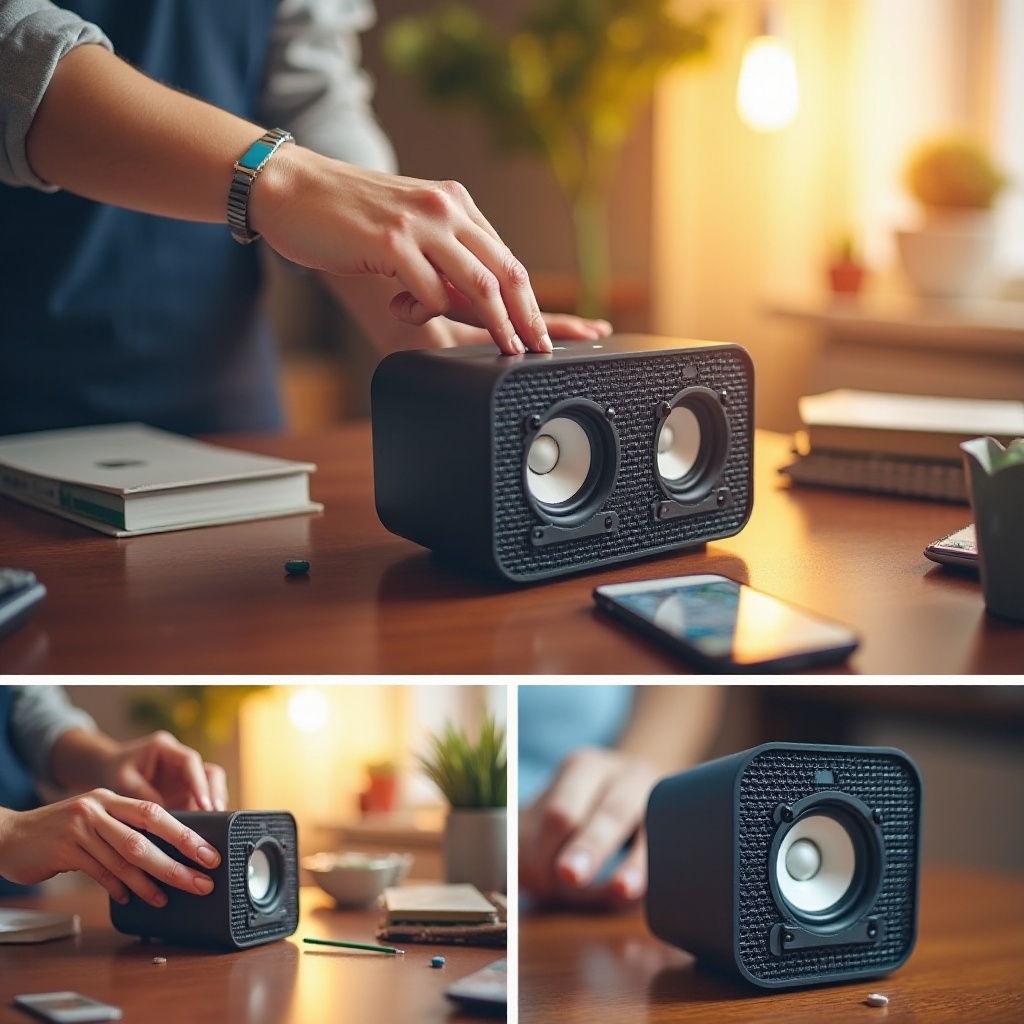Introduction
Building your own DIY phone speaker can be a fun and rewarding project. Not only does it save you money, but it also allows you to customize the speaker to fit your unique style and needs. With some basic materials and a little creativity, you can significantly enhance your mobile audio experience. This guide will walk you through the benefits, the necessary materials, and step-by-step instructions for creating different types of DIY phone speakers.

Benefits of a DIY Phone Speaker
Creating a DIY phone speaker offers several advantages:
- Cost-effective: You can use inexpensive or even recycled materials.
- Customization: Personalize your speaker to match your style.
- Educational: Learn basic principles of sound and acoustics.
- Eco-friendly: Reuse and recycle materials, reducing waste.
By making your own speaker, you not only save money but also get to express your creativity. The sense of accomplishment once you 've completed the project makes the experience even more gratifying.

Materials You’ll Need
Before you start, gather the materials and tools required for your DIY phone speaker project. Having everything ready will make the process smoother and more enjoyable.
Basic Materials
- Cardboard
- Paper towel rolls
- Plastic or paper cups
- Balloons
- Wooden blocks (optional)
- Plastic bottles (optional)
Tools
- Scissors
- Glue or tape
- Ruler and pencil
- Craft knife (for more advanced designs)
Once you have all your materials and tools, you're ready to start building your DIY phone speaker.
Step-by-Step DIY Phone Speaker Guides
Here are several methods to create a DIY phone speaker. Each design offers different levels of simplicity and sound quality.
Cardboard Phone Speaker
- Cut the Cardboard:
- Measure and cut two rectangles from cardboard.
One piece will be the base, and the other will hold the phone.
Assemble the Pieces:
- Cut a slot in the base piece to hold the upright piece.
Ensure it fits snugly.
Enhance the Design:
- Add additional layers for better stability.
- Decorate as desired.
Paper Towel Roll Speaker
- Prepare the Roll:
Cut a slot in the middle of a paper towel roll to fit your phone.
Add Sound Amplifiers:
- Attach cups or funnels to either end of the roll to amplify sound.
Secure with glue or tape.
Test and Adjust:
- Place your phone in the slot and play music to test.
- Adjust the positioning of the cups for optimal sound.
Cup Sound Amplifier
- Create the Slot:
Cut a slot into the side of a plastic or paper cup.
Insert the Phone:
- Place your phone in the slot.
Ensure the speaker is directed into the cup for amplification.
Optimize Sound:
- Experiment with different cup sizes and shapes to find the best sound quality.
Balloon and Paper Roll Amplifier
- Prepare the Roll:
- Cut a slot in the middle of a paper towel roll.
Inflate a balloon and attach it to the end of the roll.
Secure and Test:
- Secure the balloon with tape or glue.
- Place the phone in the slot and test the sound.
Tips for Optimizing Sound Quality
To get the best sound from your DIY phone speaker, consider these tips:
Positioning
- Place the speaker on a flat, solid surface.
- Avoid placing it in enclosed spaces that could muffle the sound.
Environment
- Use in a quiet room to reduce background noise.
- Experiment with placement in different areas of the room.
Fine-Tuning
- Adjust the angle and distance of your phone in the speaker.
- Add extra layers or materials to enhance sound projection.

Common Mistakes to Avoid
While making a DIY phone speaker, keep these common mistakes in mind to ensure the best results:
Measurement Errors
- Ensure accurate measurements for precise cutting and fitting.
- Double-check all dimensions before cutting.
Material Mismatches
- Choose materials that are sturdy and suitable for sound amplification.
- Avoid materials that might dampen or muffle the sound.
Conclusion
Creating a DIY phone speaker is a simple and enjoyable project that can enhance your mobile audio experience. By following the step-by-step guides and tips provided, you'll be able to construct a functional and personalized speaker. Experiment with different materials and designs to find what works best for you. Happy crafting!
Frequently Asked Questions
How can I improve the sound quality of my DIY speaker?
To improve sound quality, ensure your materials are properly aligned and the speaker is placed on a stable surface. Experiment with different angles and materials to find the best sound.
What are some advanced DIY speaker projects I can try?
For more advanced projects, consider a wooden acoustic amplifier or a 3D printed speaker design. These projects require more tools and skills but offer superior sound quality and durability.
Are there any safety tips I should be aware of when making a DIY phone speaker?
Always use caution with sharp tools like scissors and craft knives, and work in a well-ventilated area if using adhesives. Supervise children during the crafting process to ensure their safety.

